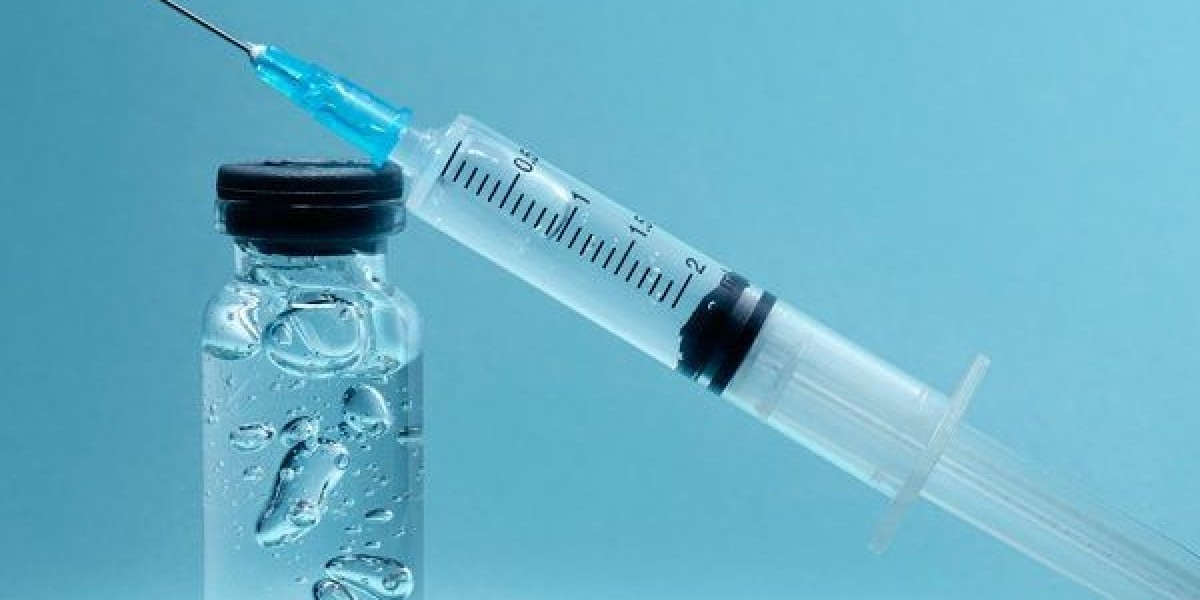In the realm of acute pain management, few medications are as effective and immediate as the Toradol shot. Formally known as Ketorolac Tromethamine, this powerful nonsteroidal anti-inflammatory drug (NSAID) is commonly administered via intramuscular (IM) or intravenous (IV) injection for short-term treatment of moderate to severe pain. Whether used in emergency settings, post-surgical recovery, or acute injury care, the Toradol injection stands out for its ability to provide relief without the sedative effects associated with opioids.
What Is a Toradol Shot and How Does It Work?
A Toradol shot is an injectable form of Ketorolac, which works by inhibiting prostaglandin synthesis—hormone-like substances responsible for inflammation, pain, and fever. By blocking these enzymes (COX-1 and COX-2), Toradol provides potent anti-inflammatory and analgesic effects.
Unlike narcotic pain relievers, Toradol does not cause respiratory depression or euphoria, making it a safer alternative for short-term pain control. The onset of relief typically occurs within 30 to 60 minutes, with effects lasting up to 6 hours or more.
When Is a Toradol Shot Used?
Healthcare providers administer Toradol shots in various clinical scenarios, including:
Postoperative Pain Management
Musculoskeletal Injuries (e.g., sprains, strains, back pain)
Renal Colic (kidney stone-related pain)
Migraine and Severe Headache Relief
Dental Procedures
Menstrual Cramps (Dysmenorrhea)
Because of its fast-acting properties and non-addictive profile, the Toradol shot is often used in emergency rooms, urgent care centers, and outpatient surgical facilities.
Benefits of Toradol Shot for Acute Pain Relief
1. Rapid Onset of Action
Unlike oral pain relievers that must pass through the digestive system, Toradol injections bypass the gastrointestinal tract, entering the bloodstream directly for swift pain relief. This is particularly beneficial in emergency cases where immediate action is needed.
2. Opioid-Sparing Analgesic
Toradol provides potent pain relief without the risk of opioid dependency or addiction. It is frequently used as a first-line alternative to opioids for short-term pain control, especially in opioid-naïve patients or those with a history of substance abuse.
3. Non-Sedative Effects
Patients remain alert and responsive after receiving a Toradol shot, making it ideal for those who need to return to work, drive, or maintain normal activity levels without impairment.
4. Strong Anti-Inflammatory Properties
By reducing inflammation at the source, Toradol not only addresses the symptoms of pain but also contributes to the healing process in musculoskeletal injuries and surgical recovery.
Administration and Dosage Guidelines
The standard adult dose of a Toradol injection is typically 30 to 60 mg intramuscularly (IM) or 15 to 30 mg intravenously (IV). Dosage may vary based on:
Patient weight and age
Renal function
Severity and cause of pain
Concurrent medications
Maximum duration of use for Ketorolac (in any form) is 5 days due to the risk of gastrointestinal bleeding, renal toxicity, and cardiovascular complications.
Toradol is not recommended for pediatric patients, pregnant women in the third trimester, or individuals with known NSAID allergies.
Common Side Effects of Toradol Shot
While the Toradol shot is generally well tolerated, side effects can occur, especially with prolonged use or in patients with preexisting conditions.
Mild Side Effects:
Pain or irritation at the injection site
Nausea or upset stomach
Dizziness or drowsiness
Headache
Serious Side Effects (Seek Medical Attention):
Gastrointestinal bleeding or ulcers
Kidney function impairment
Elevated blood pressure
Allergic reactions (rash, swelling, difficulty breathing)
Patients should be monitored closely if they have a history of gastric ulcers, kidney disease, or cardiovascular issues.
Toradol Shot vs. Oral NSAIDs: What’s the Difference?
While oral NSAIDs like ibuprofen and naproxen are effective for mild to moderate pain, Toradol injection is significantly stronger and acts faster. The injectable form is preferred in acute or emergency settings where oral administration is not feasible or time is of the essence.
Additionally, Toradol's higher potency and bioavailability make it more effective for postoperative pain and traumatic injuries, where oral medications might fall short.
Precautions and Contraindications
Before receiving a Toradol shot, patients should inform their healthcare provider about:
History of peptic ulcers or GI bleeding
Kidney or liver disease
Heart conditions or high blood pressure
Use of anticoagulants (e.g., warfarin)
Pregnancy, especially in the third trimester
Current use of other NSAIDs or steroids
Because Toradol can increase bleeding risk, it is often discontinued before major surgeries or in patients with bleeding disorders.
Can Toradol Shot Be Used for Migraines?
Yes, Toradol injections are commonly used to treat migraines, especially when oral medications are ineffective or cause gastrointestinal upset. The anti-inflammatory mechanism of action targets migraine-related neuroinflammation, offering fast and effective relief. In emergency rooms, a combination of Toradol, Benadryl, and anti-nausea meds is often used as a migraine "cocktail."
How Long Does a Toradol Shot Last?
On average, the pain-relieving effects of a Toradol injection last 4 to 6 hours, though some patients may experience relief for up to 8 hours. While it offers temporary relief, it is typically used as a bridge to longer-term pain management strategies or to allow time for healing.
Is Toradol Shot Safe for Athletes?
Athletes often experience acute musculoskeletal injuries, for which Toradol is sometimes administered. While it can effectively manage pain and inflammation, long-term or repeated use is discouraged due to the risk of kidney and GI complications. Athletic organizations may also regulate the use of injectable NSAIDs, so it’s important to consult with a medical professional.
Where Can You Get a Toradol Shot?
Toradol shots are available at:
Urgent care centers
Emergency rooms
Orthopedic and sports medicine clinics
Postoperative recovery units
Some primary care offices
Always ensure the injection is administered by qualified medical Apersonnel to minimize risks and ensure proper monitoring.
Conclusion: Toradol Shot as a Reliable Pain Management Tool
For acute and post-surgical pain, the Toradol shot offers a powerful, fast-acting alternative to opioids and less effective oral medications. While it’s not suitable for long-term use, it plays a critical role in modern pain management protocols. With proper use under medical supervision, patients can experience meaningful pain relief without the drawbacks of sedative medications or addictive substances.








